On top, according to the Shenzhen Cross-border E-commerce Association, since May at least 50.000 merchants have been affected by Amazon’s severe review policy violations control. The reasons for these bans include “improper use of review functions”, “soliciting fake reviews”, and “manipulating reviews by giving gift cards”. The list of banned sellers includes wholesalers with annual sales exceeding $1 billion US dollars. Shenzhen Cross-border E-commerce Association stated that these wholesalers have suffered losses of more than 100 billion yuan ($15.4 Billion US Dollars). These bans & restrictions are notable for their scope and high profile, to say the least. Several huge players in the Chinese cross-border scene have said that Amazon’s actions prompted the industry to develop more independent selling solutions and create their own selling channels such as independent eCommerce stores for their brands.Amazon has suspended hundreds of top Chinese sellers over the past two months. The company seems to be just now enforcing its rules for blatant policy violations like manipulating customer reviews. Tactics that some of those sellers have used for years.
A few of the suspended sellers have already announced layoffs and even bankruptcies too. That will inevitably cause many others (and sellers outside of China) to re-assess their Amazon strategy. Some of the Amazon seller aggregators have recently started evaluating and acquiring sellers in China; they too are revising their due diligence processes. – Source: Markeptlace Pulse
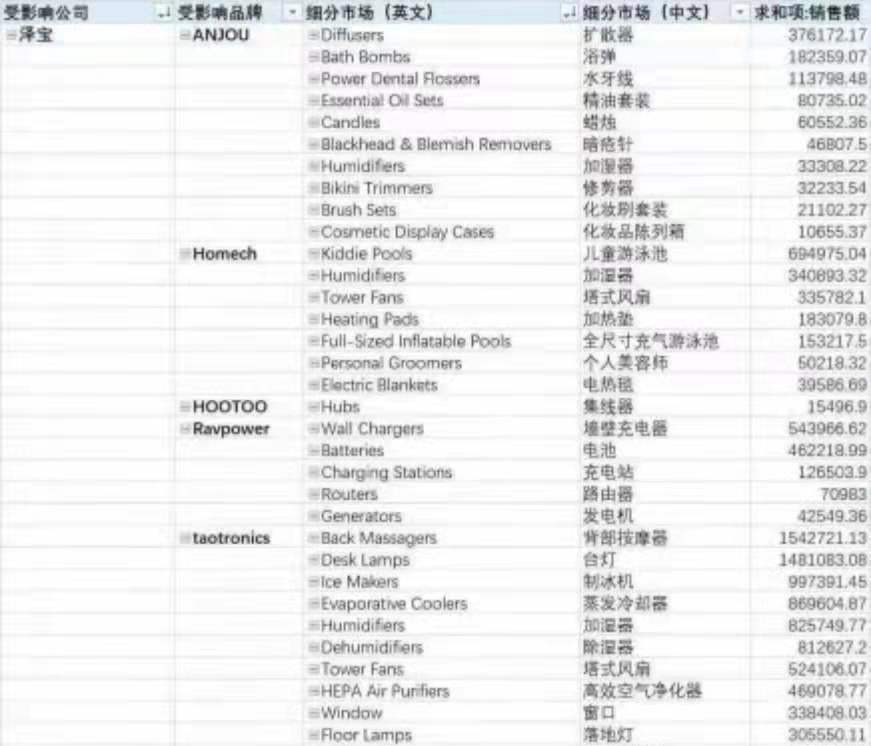
The Chinese Sellers Affected by Amazon’s Review Policy
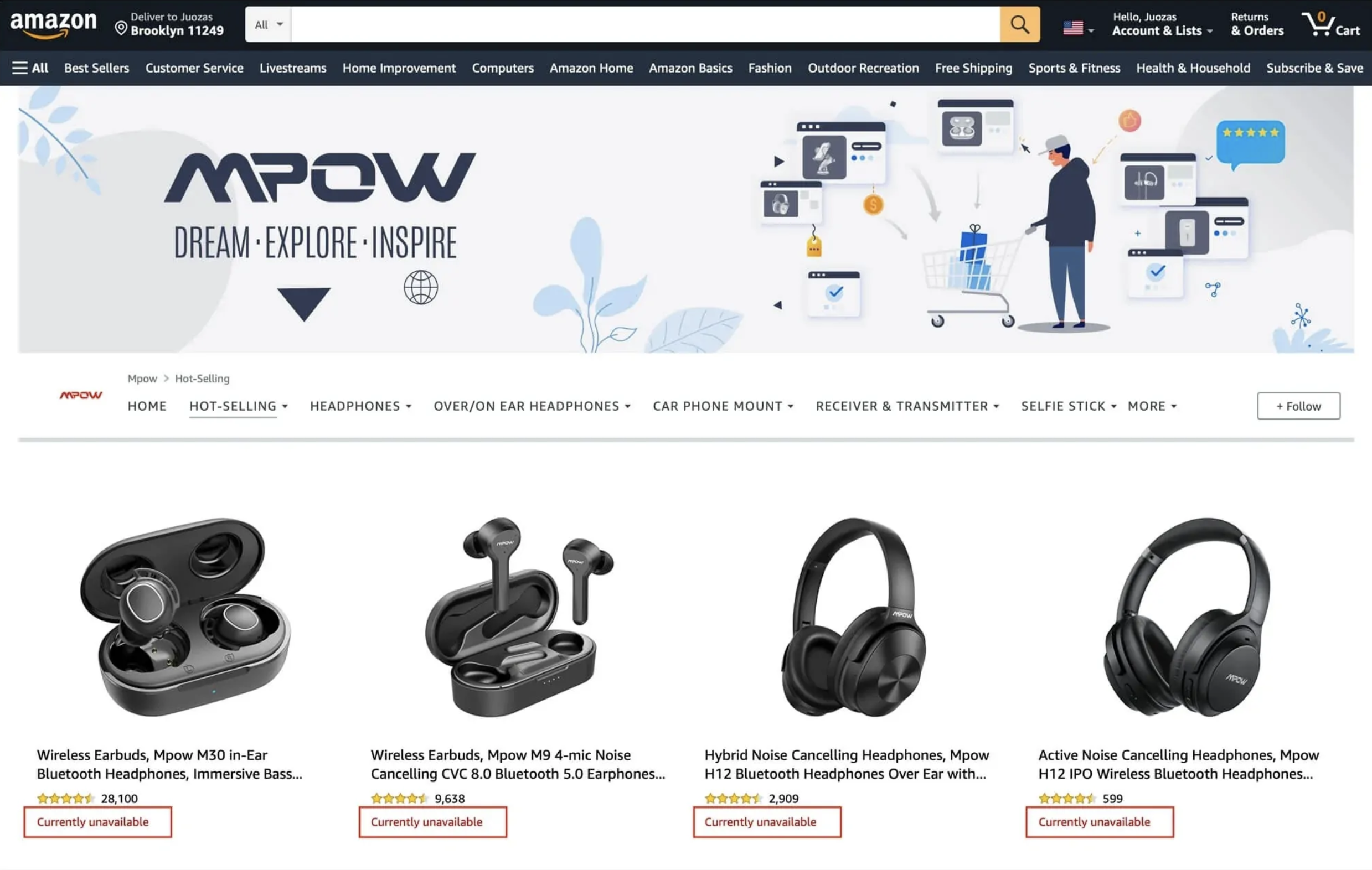 Some big names that have been suspended are Mpow & Aukey (click the links to search on Amazon.com). Mpow’s products have represented 10 of the top 100 products in the headphone category for years. Also RAVPower, a brand specializing in power banks and chargers, has been suspended from Amazon alongside with many other brands of the company SunvalleyTek such as HooToo, VAVA, TaoTronics and more…
A journalist from the Wall Street Journal received a small card with a printed QR code that explained how to get a discount code in exchange for a positive review.
Shenzhen Tomtop Technology, part of the group Yiwu Huading Nylon Co, announced that several brands have been suspended and had their funds frozen by Amazon. According to the Global Times, in total 54 stores under Tomtop Technology were banned and 41.43 million yuan was frozen (6.4 million US dollars).
Some big names that have been suspended are Mpow & Aukey (click the links to search on Amazon.com). Mpow’s products have represented 10 of the top 100 products in the headphone category for years. Also RAVPower, a brand specializing in power banks and chargers, has been suspended from Amazon alongside with many other brands of the company SunvalleyTek such as HooToo, VAVA, TaoTronics and more…
A journalist from the Wall Street Journal received a small card with a printed QR code that explained how to get a discount code in exchange for a positive review.
Shenzhen Tomtop Technology, part of the group Yiwu Huading Nylon Co, announced that several brands have been suspended and had their funds frozen by Amazon. According to the Global Times, in total 54 stores under Tomtop Technology were banned and 41.43 million yuan was frozen (6.4 million US dollars).
Why do Amazon Sellers use Fake Reviews?
It’s no secret that the more positive reviews you have, the more sales you can generate. That’s why getting fake reviews is one of the most abused malicious tactics out there among Chinese sellers, as we have already explained in our in-dept article: The Secrets Behind The Success of Chinese Amazon Sellers. Thus to many Chinese sellers reviews equal sales, and since Amazon didn’t act up against this tactic at scale, it was worth the risk trying for many merchants. However now sellers across the globe will think twice before participating in malicious activities on Amazon. So why are there so many Chinese sellers that got suspended for fake reviews, and not other nation’s sellers? Easy: there are simply many more Chinese sellers with top-selling products on Amazon. Amazon never released specific data but by using Seller Motor we identified that around 50% of 5000 products with a Best Seller Rank (BSR) come from Chinese sellers. In our article on how to fight unfair competition on Amazon, we go through many of the other black hat strategies out there. Selling on Amazon has never been so competitive – and so dangerous – as it is today. A consumer truly starts trusting a listing, and thus buying from it, once it has more than 20 reviews with an average of 4 stars. However, to get to 20 reviews, a seller needs to sell on average 650 items (considering that on average 3% of buyers leave a review). How do you sell 650 items if it only starts selling big-time ones it hits 20 reviews? This is why many new sellers out there feel like they need to use fake reviews to get the flywheel going.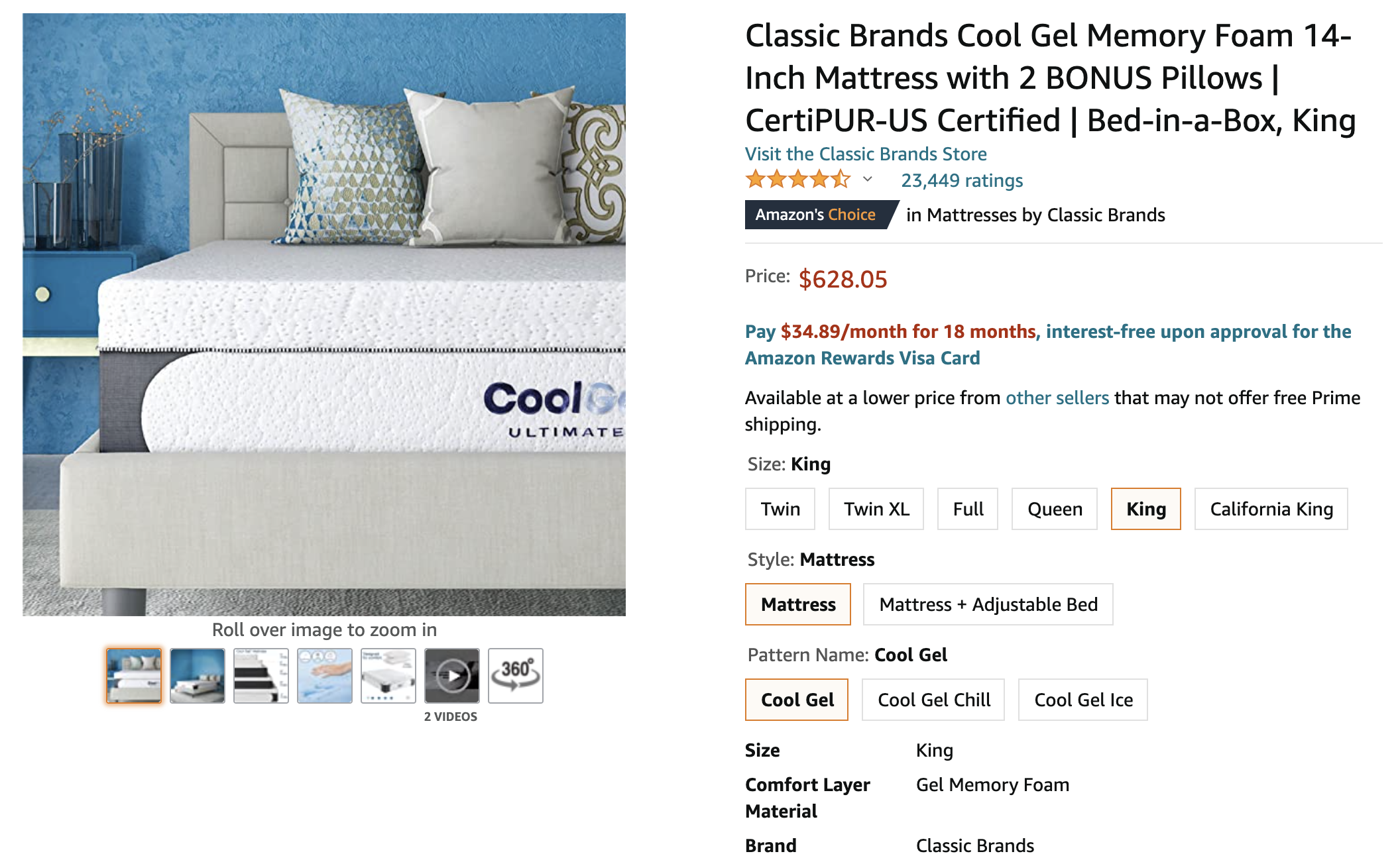
What are the Most Common Fake Review Strategies on Amazon?
A seller’s review strategy can come in one of two varieties:- Compensating / Reimbursing real customers: this means that you may see Amazon Verified Purchases that are purchased by actual consumers but have fake reviews attached to them. This is what RAVPower did.
- Making fake orders: There are review farms (almost always in China & India) that create hundreds of fake accounts to place gift orders and address them to random people. With these accounts, “real” customer browsing is simulated to “trick” Amazon in thinking the accounts belong to real consumers. These “zombie accounts” really place product orders. However instead of sending them the actual product, they mail a lightweight item that costs less to ship. This way the item will have a tracking number. When the package is delivered the service provider can leave a positive review behind and a verified purchaser.
- Soliciting fake reviews on social media: merchants and review farms have been reaching out to new strategies that are harder to detect by amazon – also known as “off-amazon review tactics”. On social media you can now find so-called “Amazon review groups” that bring together sellers in need of product reviews and buyers who want free or discounted products.
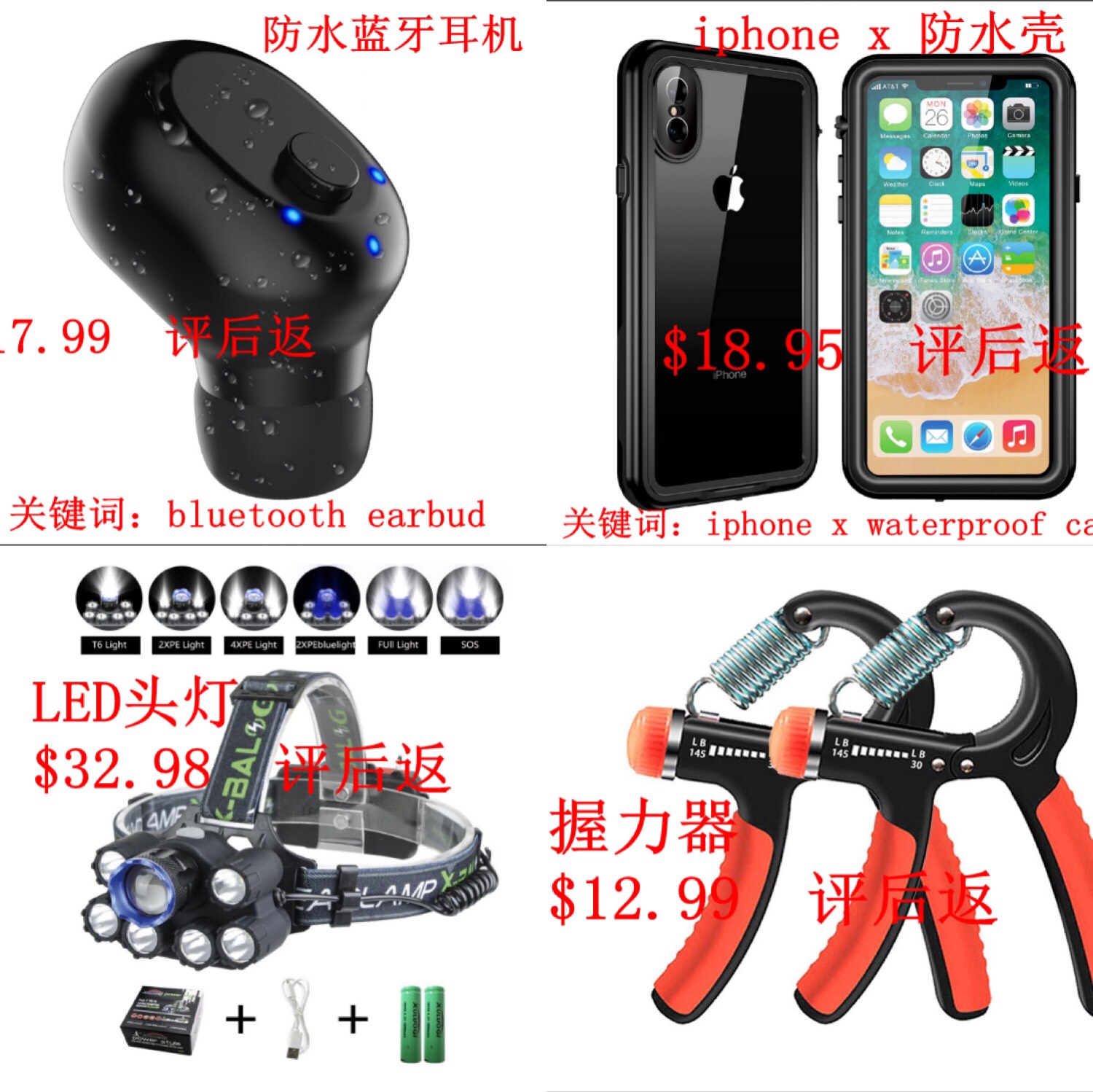
What tactics does Amazon use to Detect fake reviews?
Amazon is struggling hard with fake reviews, especially as review farms start to explore more and different solutions. To detect malicious review tactics, Amazon uses advanced machine learning to try and detect activities that can be linked and grouped. They analyze customer accounts, products, brands, selling accounts, and more. When Amazon detects fake reviews that have been obtained outside of Amazon, they contact the social media company where it occurred to report groups and social media pages. Together with the detected social media company, Amazon works to shut down these groups to minimize abuse. Once such a review group is detected, it takes the social media company a median of 5 days to take it down. On top, since May Amazon has started holding sellers accountable for their activities at scale, shutting down even the most profitable of sellers. Amazon even filed lawsuits against the companies that purchased fake reviews and the companies that provided those fake reviews.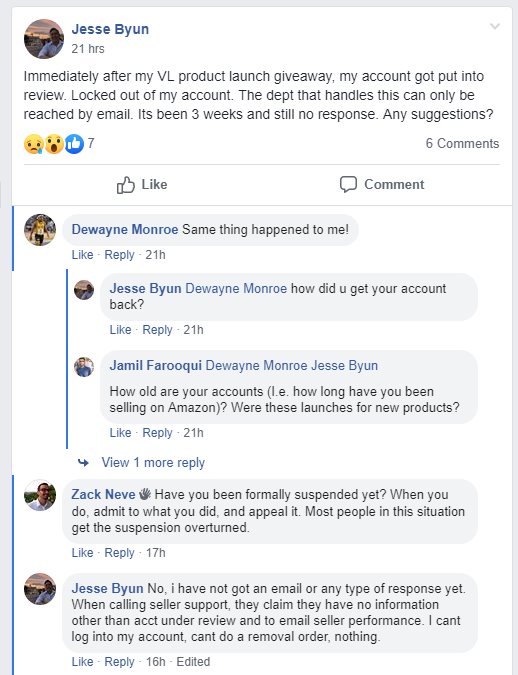
From our reports, we know that in 2016 Amazon deleted fake reviews, in 2018 again, and in 2019 Amazon actively suspended accounts for crossing Sales Velocity Limits. This makes it really clear that Amazon is on top of malicious activity and is not afraid to suspend you to keep their platform safe.Sales Velocity Limit introduced by Amazon is a way of protecting both customers and sellers. Amazon is able to monitor the monthly dollar amount and transactions of a seller, allowing them to assign a sales velocity to each account. The sales velocity (link to seller central here, must be logged in to access), also known as “selling limits” or “velocity limits” are applied to seller accounts at the time of registration. All sellers begin with the same limit. These limits are based on a 28-day “rolling cycle”. This means that only transactions from the previous 28 days count towards a seller’s current velocity.
How to get more reviews on Amazon – the compliant way
- Optimize your products to rank higher
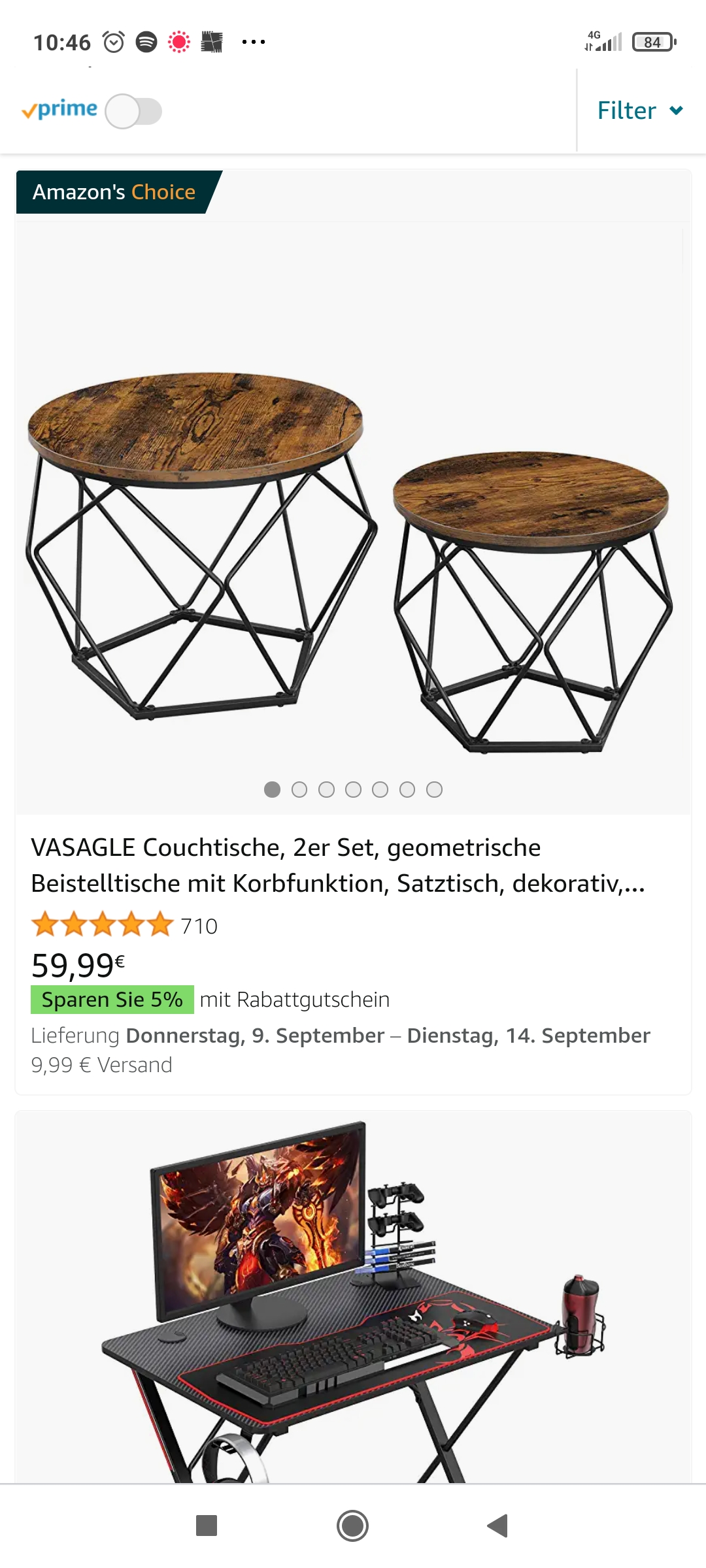
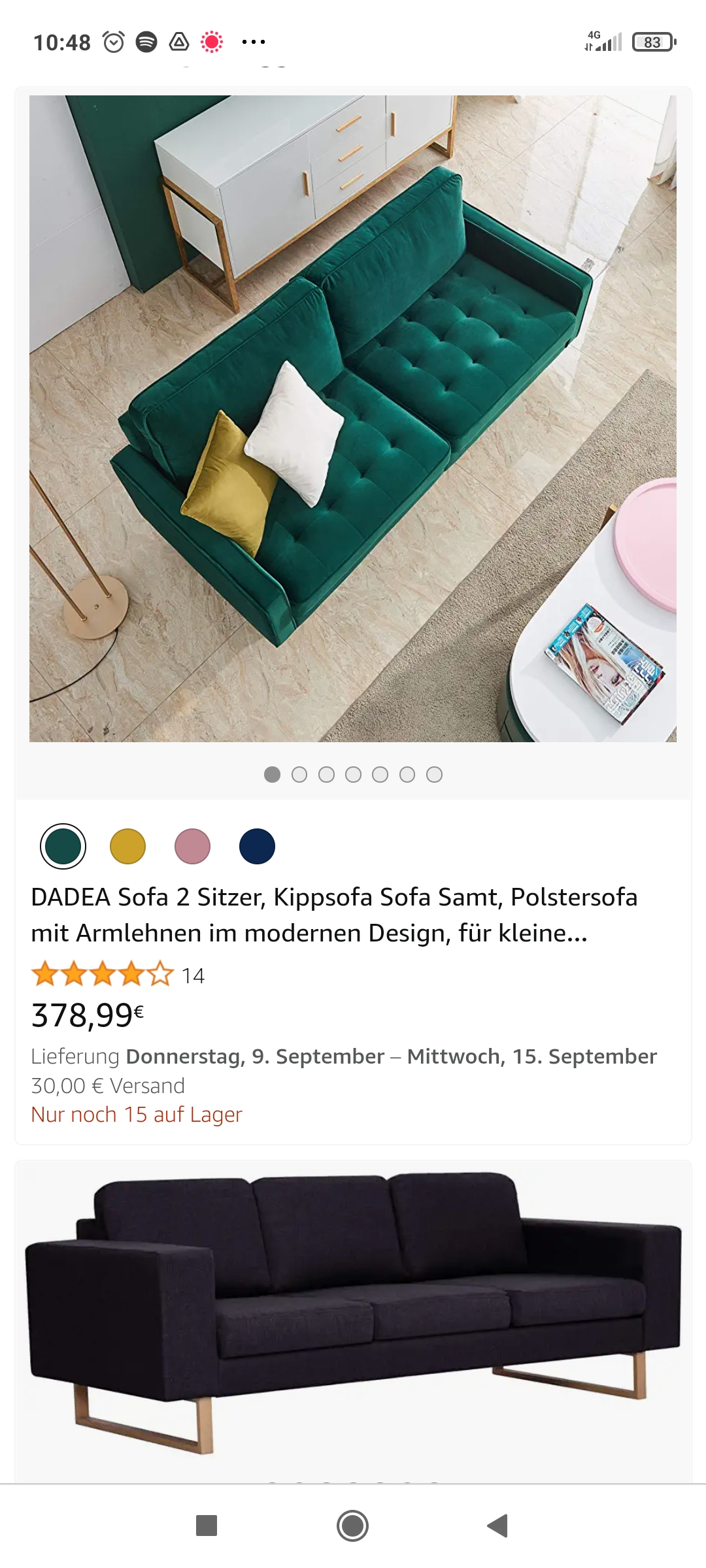
- Provide excellent eCommerce customer service
- Use Amazon Product Inserts the right way
- Request feedback and reviews
- Incentivize repeat purchases
- Show and promote other products from your Amazon store
- Provide important warranty/customer support information
- Enroll in Amazon Vine
- Ask for reviews with Softwares
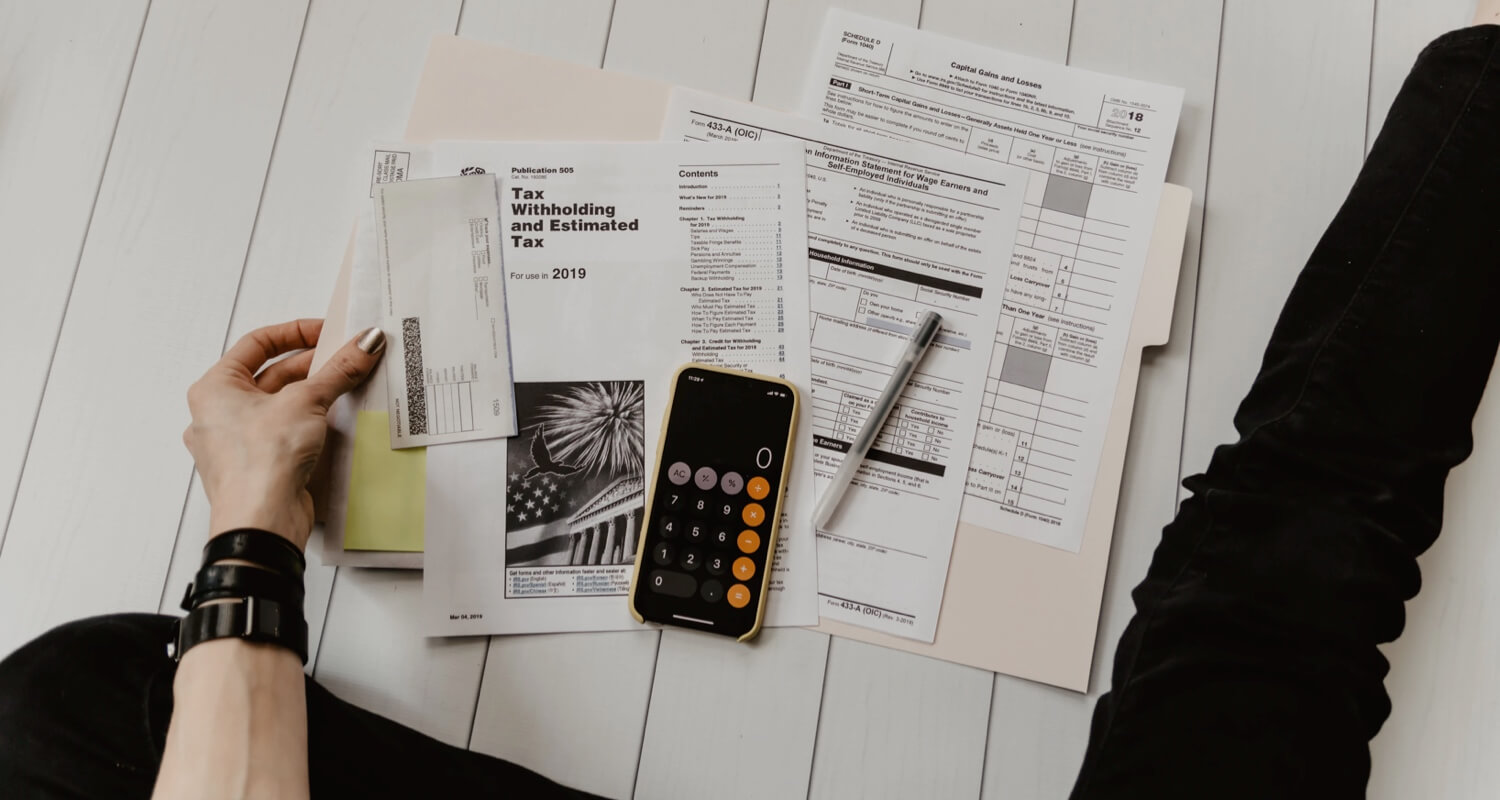

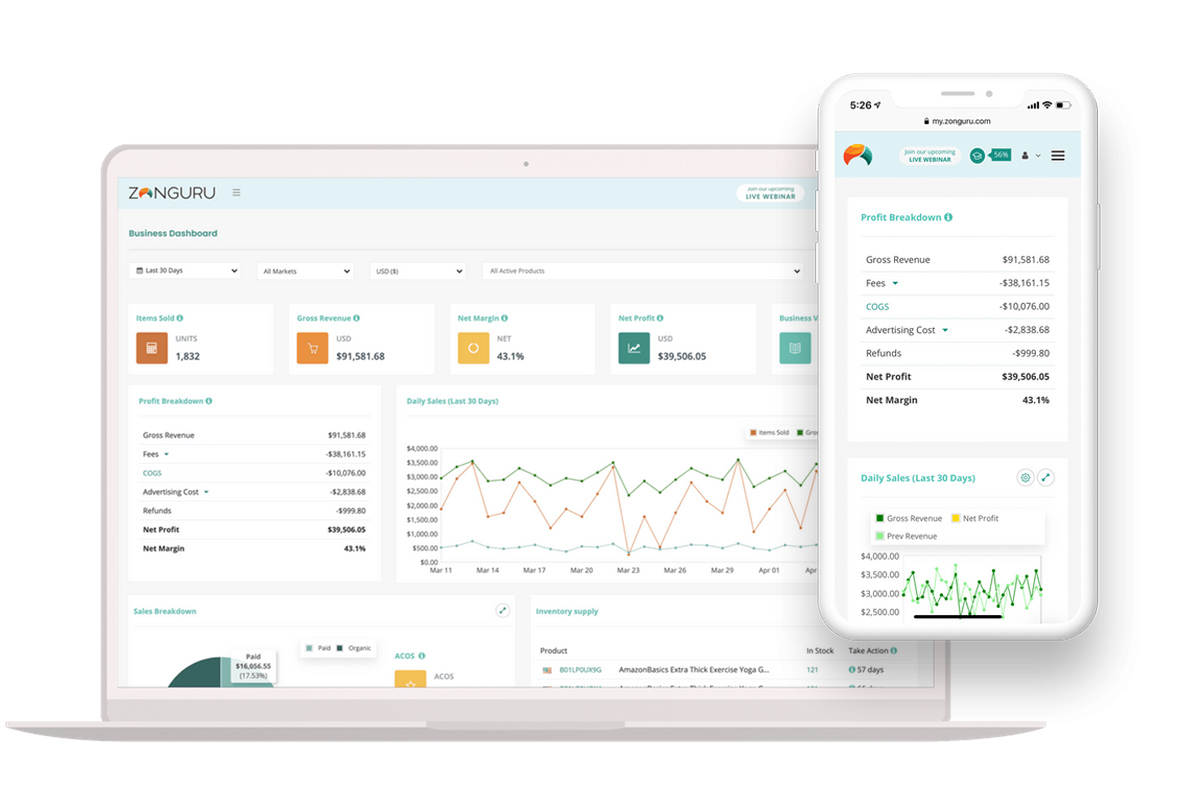
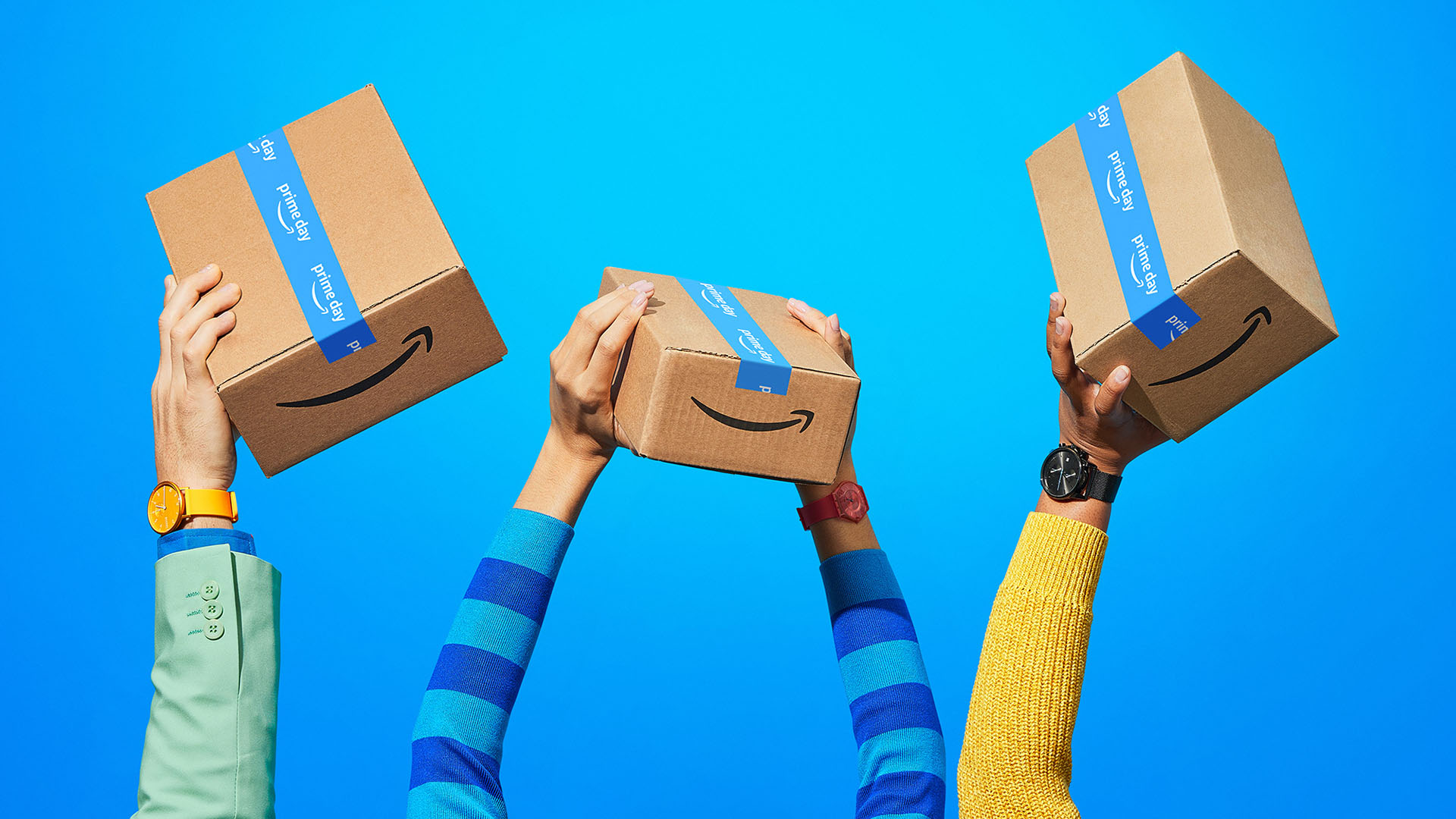

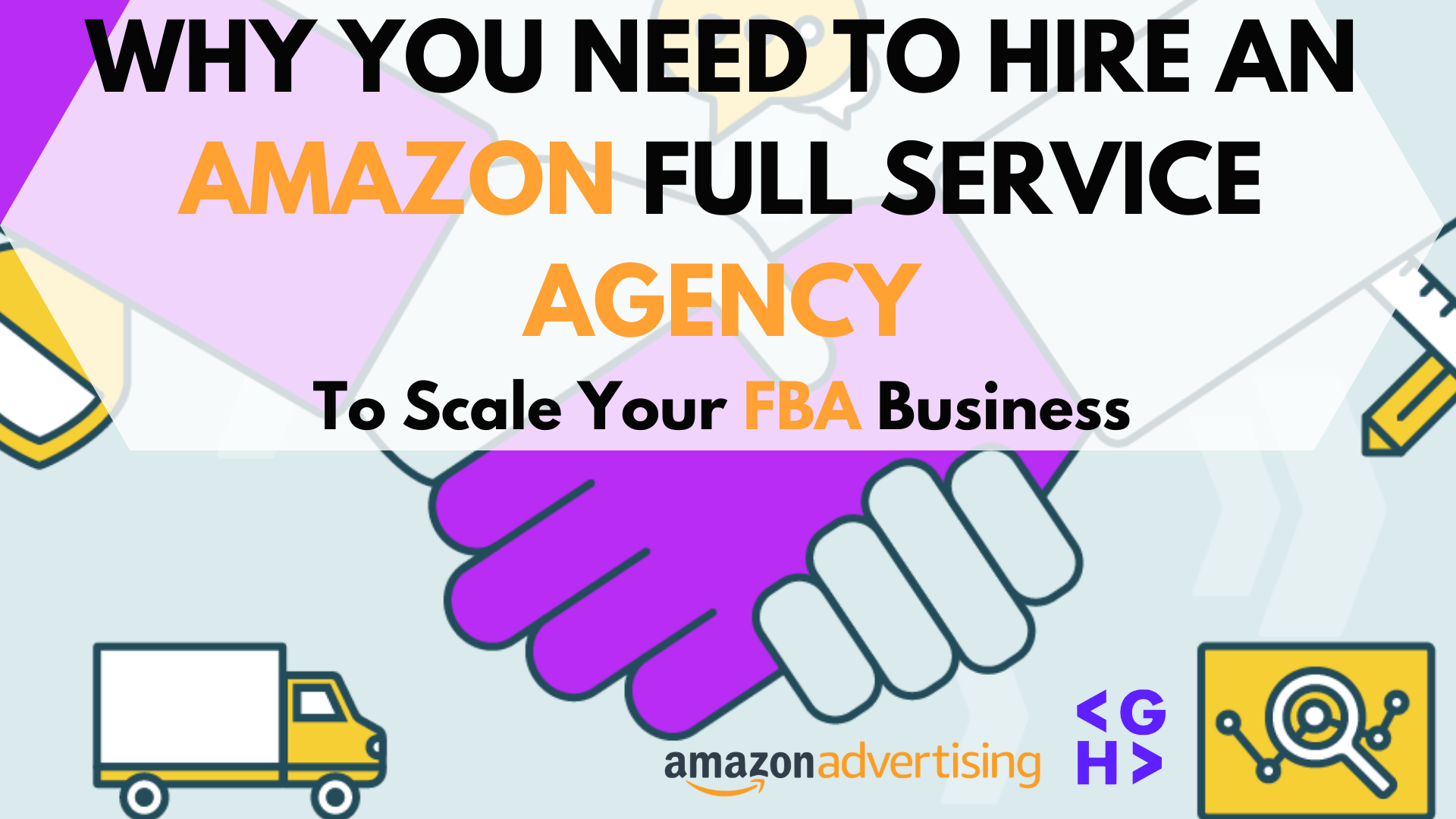

Zonbase
Great piece of information over here.
I think that fake reviews hit at the actual establishment of the Amazon commercial center, influencing purchaser trust and purchaser experience.
Why It Happens And How To Bounce Back -
[…] • Platform manipulation, such as compensating buyers for reviews. […]